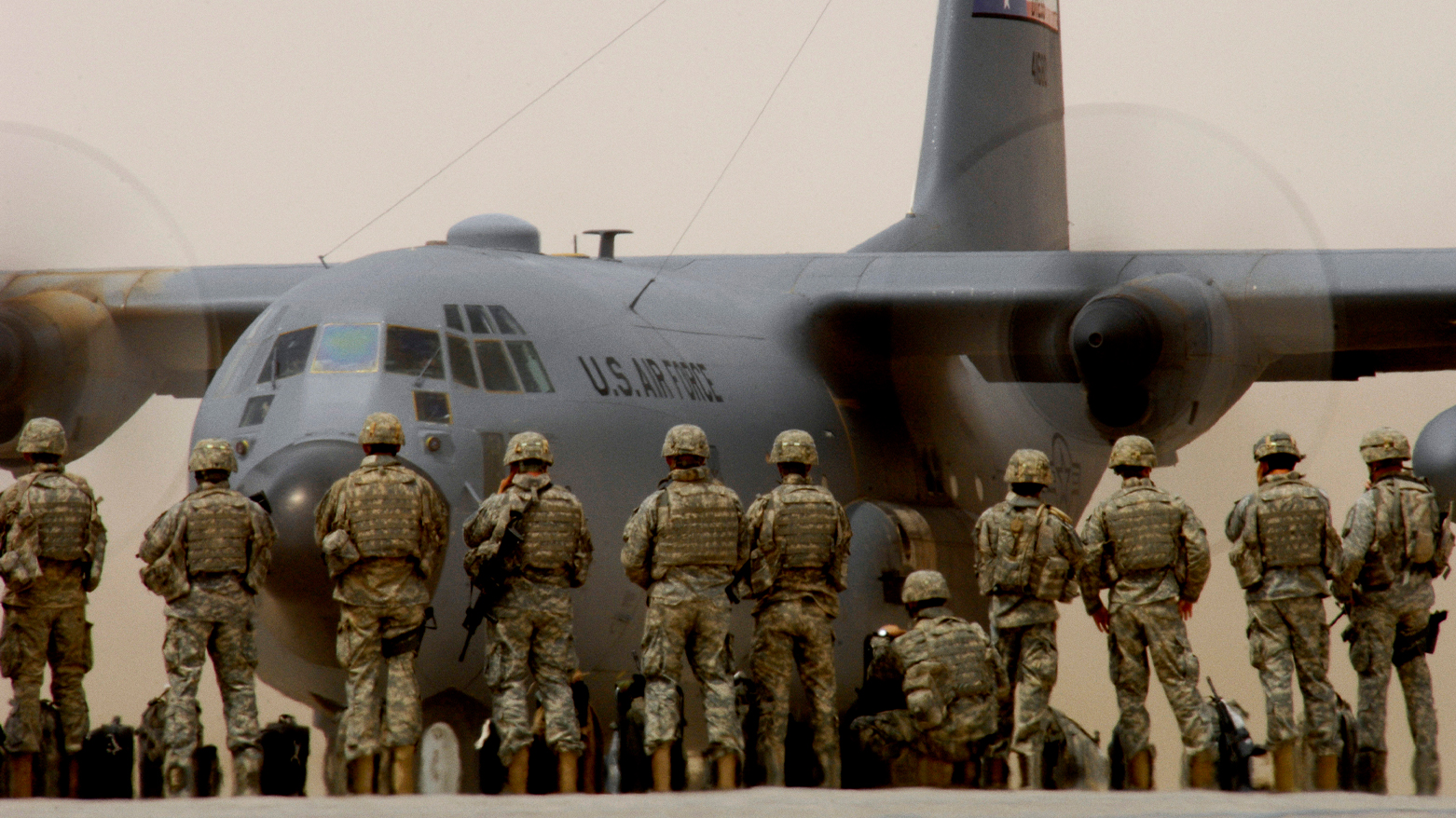
Mohammed Ihsan
Writer
The Next Phase: Not a Withdrawal, but a Strategic Shift in U.S.–Iraq Security Relations
The U.S. and Iraq are shifting from coalition-led missions to a bilateral security partnership. While Operation Inherent Resolve ends in 2025, a phased drawdown through 2026 will leave a limited U.S. presence focused on training, intelligence, and counterterrorism.

As the United States and Iraq move toward redefining their military and security partnership, recent developments highlight not a retreat, but a recalibration of long-standing cooperation. While the end of the U.S.-led coalition’s mission in Iraq marks a symbolic milestone, it does not signal the end of American military involvement in the region.
1. Transitioning the Mission, Not Withdrawing
In 2024, Washington and Baghdad agreed to conclude the U.S.-led coalition’s mission—Operation Inherent Resolve—by September 2025. This move signifies a transition away from multinational operations toward a more focused, bilateral security framework.
However, U.S. officials have made it clear: this is not a withdrawal. Instead, it’s part of a planned evolution toward a long-term, sustainable security partnership, centered on cooperation in training, intelligence sharing, and counterterrorism efforts.
2. Phased Drawdown Through 2026
Following the mission’s formal conclusion in 2025, remaining U.S. forces are expected to gradually draw down through late 2026. A limited but strategic U.S. presence will likely persist—especially in Iraq’s Kurdistan region—where forces will continue to support advisory roles and conduct counter-ISIS operations.
3. Adjustments Amid Shifting Regional Dynamics
The regional landscape remains fluid. Notably, the recent fall of the Assad regime in Syria has caused ripple effects, leading some Iraqi political factions to reconsider the pace of the U.S. drawdown. Concerns about a potential resurgence of ISIS have prompted calls to delay the transition, favoring stability over symbolic gestures.
4. Domestic Politics and Legislative Moves
Iraqi Prime Minister Mohammed Shia al-Sudani is walking a fine line between U.S. cooperation and the influence of Iran-aligned factions within Iraq. In recent statements, he emphasized that once the coalition’s mission concludes, there would be no justification for armed non-state actors to operate freely—signaling intent to limit militia activity and reinforce state authority.
Meanwhile, in the United States, a bipartisan group in Congress has introduced the “Free Iraq from Iran Act.” The bill aims to curb the influence of Iranian-backed militias and would condition continued U.S. security assistance on Iraq’s efforts to dismantle those groups. The legislation reflects evolving U.S. strategic priorities: it underscores a desire to reshape—not end—America’s role in Iraq.
Conclusion: A Strategic Realignment, Not an Exit
The U.S. is not disengaging from Iraq. What lies ahead is a phased, deliberate realignment from multinational coalition operations to a more sustainable, bilateral security relationship. While troop numbers will decline over the 2025–2026 period, the U.S. will maintain a presence to support Iraq’s fight against terrorism and contribute to regional stability.
In an era of shifting alliances and persistent threats, both Washington and Baghdad appear committed to ensuring that this transition strengthens—not weakens—their strategic partnership.
Professor Mohammed Ihsan
Defense Studies Department
Kings College London
The views expressed in this article are those of the author and do not necessarily reflect the editorial stance of Kurdistan24 English.